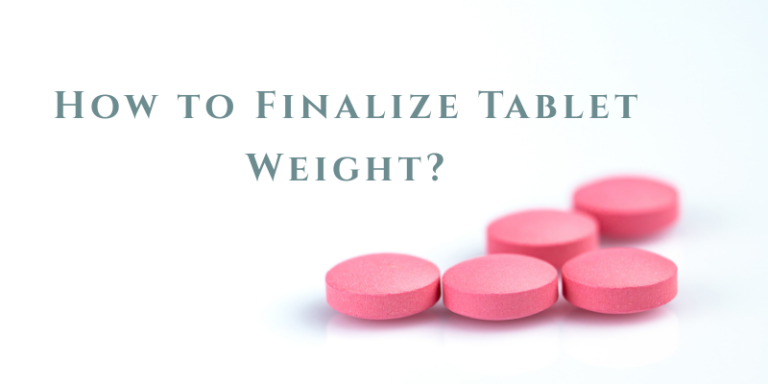The Science of Cohesion | How Tablets Stick Together
In tablet manufacturing, keeping active ingredients and excipients together requires sufficiently large bonding forces between the various particles. During development, we explore the bonding capacity of pure APIs, excipients, and formulations for developing and improving formulations. This is done by performing compaction trials for determining compatibility profiles according to USP 1062.
But what keeps the particles together? Here are the basics:
Bonding sites: individual particles adhere to each other because of microscopic points of contact between each other.
Van der Waals Forces: the primary physical forces responsible for this particle-to-particle adhesion are Van der Waals forces. Since these forces decrease very rapidly upon an increase of the distance between particles, these forces are only effective, if particles are in (very) close contact with each other. Although Van der Waals forces as such are rather small, many contact points may result in strong adhesion as required for tablets.
Tablet density: the closer the powder particles are squeezed together (compression), the more effective bonding sites become available, leading to a stronger, more compact tablet. Since compression is always accompanied with a given degree of elastic deformation, elastic recovery (upon pressure release) may cause capping or lamination. Therefore, there is a limit to the maximally possible density.
Read also:







